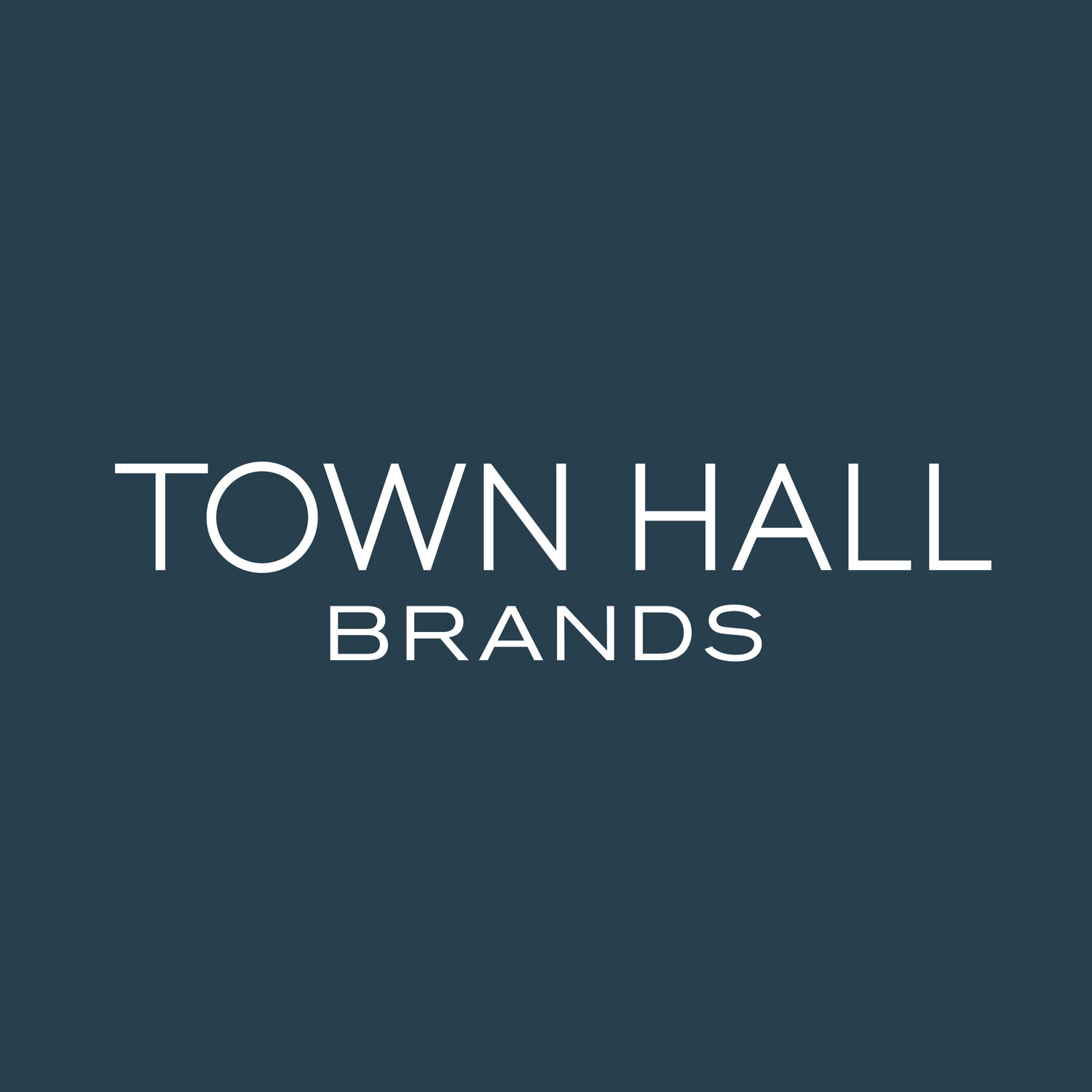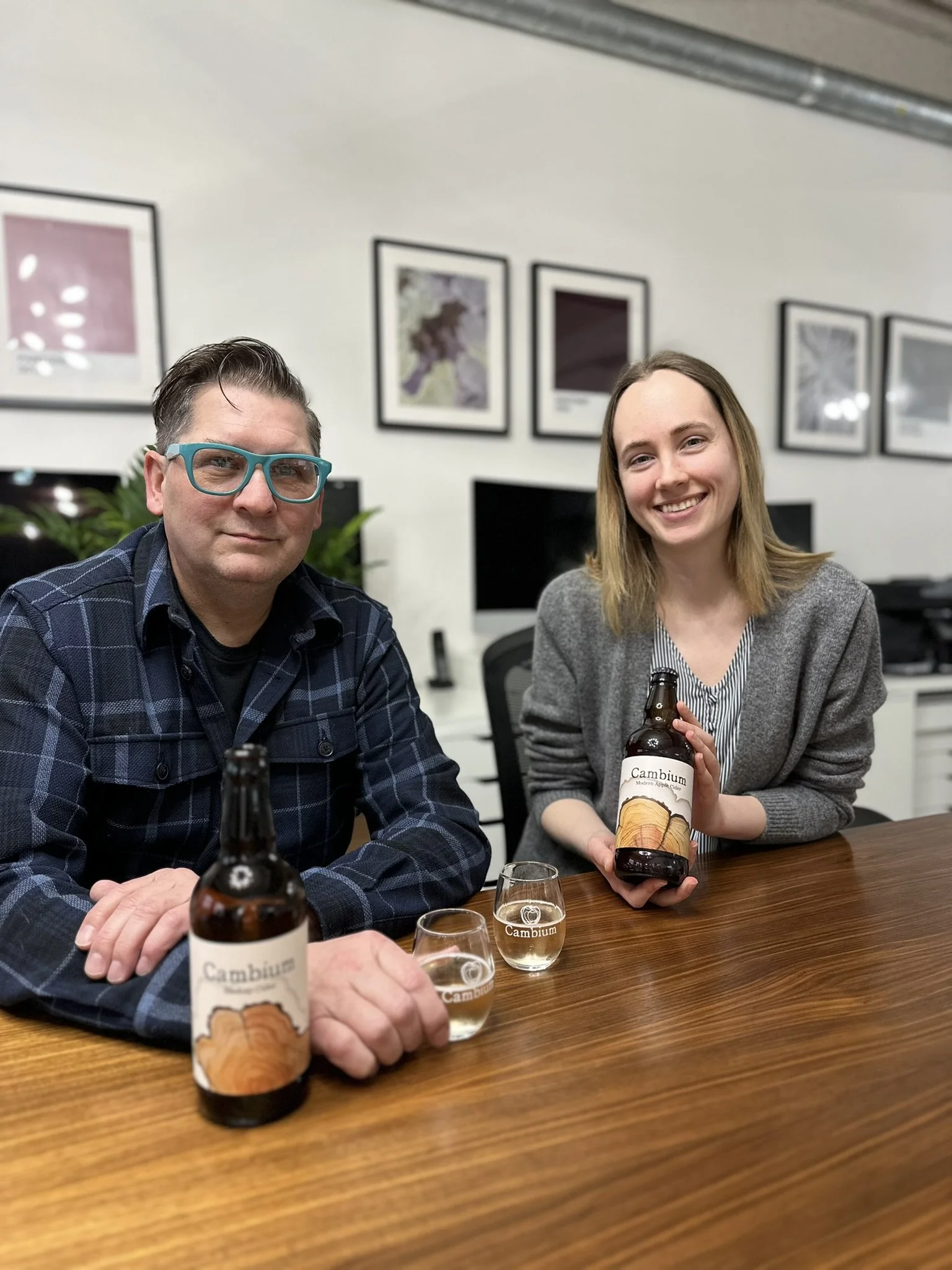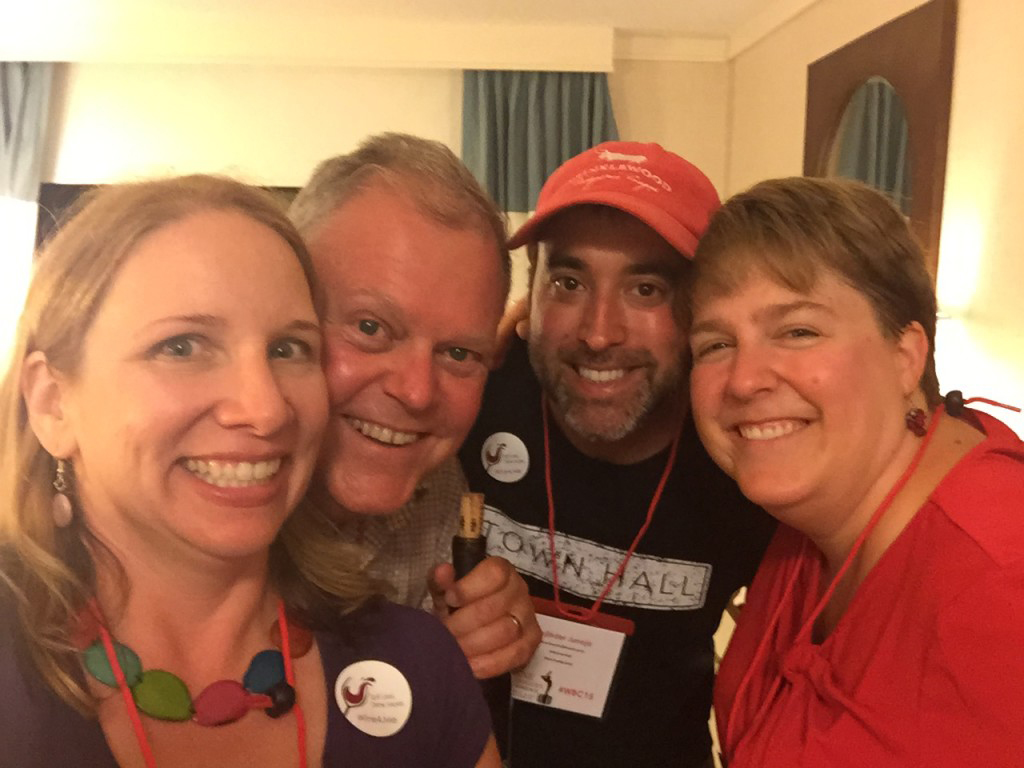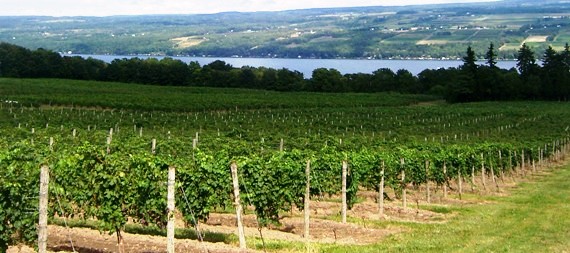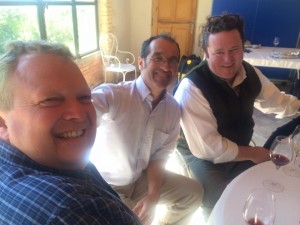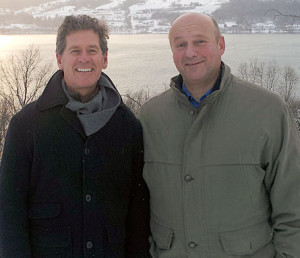By: Leeann Froese
The Wine Bloggers Conference (WBC) is more than a workshop and a meeting place to discuss everything wine related. It is a gathering of people from all over North America who convene to celebrate each other’s passion, expertise, wine region and most importantly, friendship with one another.
Hosted at a different wine region each year, the WBC lasts for nearly a week and invites bloggers, industry professionals and the host region's vintners to participate.
Sure, there's definite content: workshops and panels in board or conference rooms with a gamut of wine-centric presentations, AV materials and education, but unlike other wine trade conferences, there's so much more that happens on the periphery.
Attendees include those from visiting wineries and representatives from various wine regions that travel to the event to bring a taste of their wine country to the Wine Bloggers Conference.
Outside of conference rooms, attendees participate in field studies that include: excursions to the host region's surrounding wineries for a meet-and-greet with winery principals. As well, an exclusive sneak peek and tasting of newly or soon-to-be-release vintages. Always, the red carpet is completely unfurled and a grand time is had by all.
One of the best parts about WBC is the “after-hour tastings” hosted in various hotel suites. This is a perfect time for WBC participants to get together, be social, and taste wines that are off the program. As everyone is keen to learn about each other’s wine region and to share a taste of their own, these hotel suites become crowded quickly and force people to literally rub elbows and interact as they mingle and taste.
But no one minds because we are all united by the desire to experience and share as much we can, especially in limited time.
It's a unique community. Even if it means being sleep deprived, the group doesn’t stop stop learning, tasting and socializing for the duration they are at WBC. (And sometimes if you've had too much wine, you might find yourself facing the content of the following day with a headache...)
From Portland, Penticton, Buellton and now Corning, this has been the fourth consecutive conference that I've attended WBC. As much as I appreciate and am blown away by the effort, hospitality and welcoming spirit that the host region puts into hosting this conference, the most special part about WBC is its people.
The people that assemble the program from each gracious and passionate region can be summed up as one thing: amazing.
Case in point: most recently in Finger Lakes and Corning NY, we were coordinated by Paul Thomas of Seneca Lake Wine Trail and Beth Peluse from Zephyr Adventures for the pre excursion in Seneca Lake, and Laury Ellen Poland from Finger Lakes Wine Country led the charge with Zephyr for the main conference in Corning. Each of these people successfully "herded cats" to ensure those of us that made the trip were not disappointed.
The workshop content varies each year and so do the wine regions (showing the thumbprint of where they were made), but what's common is the hard work and passion in putting the conference together.
And truthfully, to me all of that does not actually even really matter at its core, because it's what happens outside the bottle that is the most important.
The bond and socialization that wine invites is the most important part for me. I love that this conference experience is shared by like minded individuals.
This conference offers the ability to get together with the same people annually, as we collect from different corners to learn and be united by something we all love. Year over year, social bonds strengthen and long distance friendships blossom, to be nurtured by the in-person gathering WBC invites.
Wine is inherently social, so it's no surprise that the social aspect is a major part of this conference.
I cannot wait for the annual opportunity it gives me to connect with my friends from San Francisco, Portland, New York, and all points in between. Real in person bonds are strengthened and then we stay in touch socially throughout the year before we reconvene at the next year's conference.
After shyly navigating my way through the first conference that I attended in Portland, where I didn't really know what to do or who to talk to, after four conferences I now feel like I have some legitimate, real, strong, and lifelong friendships, and that these people will be with me, and I'm part of a community. And I am very thankful for this. My life is that much richer for it so thank you for that, WBC.
And while I want to express how great it feels to annually see those who are very strongly growing into 'my people’, it's also worthy to note that there are many new friends joining this amazing community each year.
If you see a face that's not familiar, be sure to go and say hello to them. They might be a seasoned blogger or they might be someone who is encountering the conference for the first time. A friendly face and someone who can help with the lay of the land is appreciated.
And as I settle back into being back at home, I reflect on the notes of others:
Meg Houston Maker noted there is no substitution for in person smiles, and Christine Campbell of Girls Go Grape says, "I love that wine, learning and friendship are all part of the Wine Bloggers Conference."
I could not agree more.
And I am not alone. April Yapp Hennig of Sacred Drop took the picture above and called us her crew, and just today Christine Campbell posted this tweet:
Yes - activate friendship indeed! Until 2016, the #WBC friendships continue to blossom online.
I feel so blessed to have this conference as an annual opportunity to taste and learn, and also continue to build those friendships and the community that is WBC.
See you in Lodi #WBC16 #GoWBCCanada #withTownHall!
